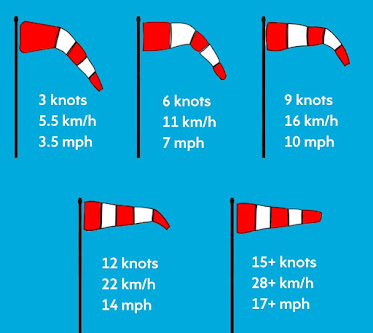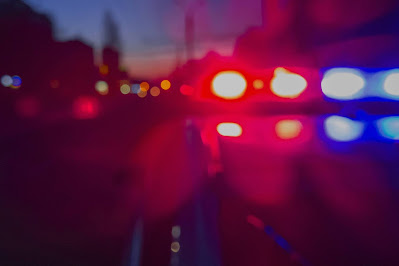You might have seen these flag-like objects on airports and wondered what are these used for. This cone-like object plays a vital role in the aviation industry. In this article, we are going to discuss the importance and purpose of this object.
These objects are known as industrial windsocks or “wind
cones” or sometimes “air cones”. It is a kind of kite tube manufactured
from synthetic cloth, nylon or rubber in the shape of an ice cream cone that is
open at one end by a stiff metal ring.
The main purpose of safety aviation windsocks installed on
airfields, international airports, helipads, and heliports is to give the
pilot a quick reference about wind direction and the approximate wind speed. Pilots
need to calculate wind velocity during take-off and landing to ensure it is
safe for the aircraft. The wind direction and speed can directly impact the
distance a plane needs to travel on the ground before taking off or coming to
a stop on the runway. Before accelerating before take-off, pilots take a
quick glance at it and give the necessary input while strolling down the
runway.
Although most airports also provide more accurate weather
information for pilots, from automated weather observation systems but sometimes
the windsock is the only indication of wind speed and direction.
Working of windsock:
Windsocks may be solid orange, yellow, or white and should
not have any lettering or logos. The ones that are the best indicators of wind
speed, however, have alternating colors—such as orange and white—or have
stripes at key points.
The wind direction is the opposite of the direction in which
the windsock is pointing. This means if the wind blowing from the West the
windsock would point towards the East.
Windsock is made to orient against the wind when the wind
speed reaches three knots (3.5 mph). At that wind speed, only the first segment
of the windsock will extend. The second segment of the sock extends when the
wind speed has reached six knots; the third segment, nine knots; and the fourth
segment, 12 knots. At a wind speed of 15 knots (17 mph) or more, the windsock
will fully extend and point away from the direction from which the wind
originates.
Windsock data is used in every aspect of aviation, not just at airports large and small. In addition to being applied at military airstrips and private airfields, and at commercial or domestic helipads, windsocks are also used in areas where people take paragliding or parachute flights. You may even spot a windsock at a hot air balloon launch and landing site, to assist in safe flying.













